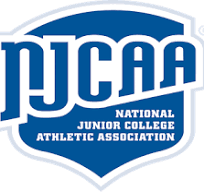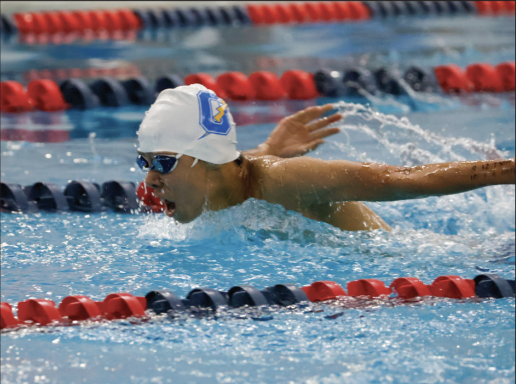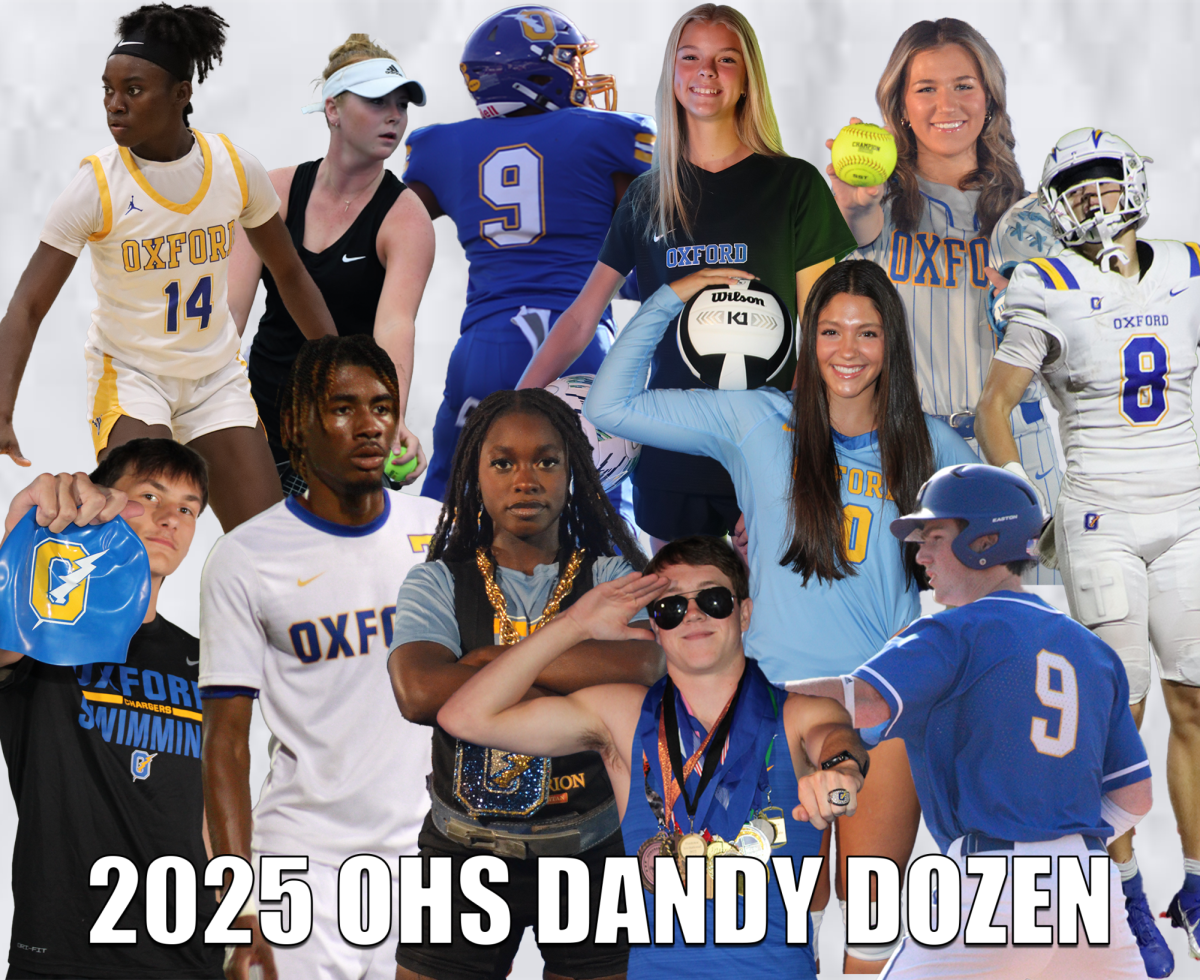Fisher Giles:
The National Collegiate Athletic Association recently enacted a rule stating that Junior College (JUCO) athletes will receive their two years of eligibility back when transferring to a Division I college. This is wrong and that these athletes should not receive their eligibility back.
Athletes today are playing several years beyond the normal four to five years, taking away many scholarships from high school recruits. High school athletes are being forced to take the JUCO path, making it a much longer and harder journey for them. Many people believe that taking the JUCO route will be much easier, especially if they were talking to colleges in high school. This is a misconception. Athletes are commonly sent to a JUCO to develop and grow by the Division I colleges that are interested in them. These athletes believe this makes it much easier to play and reach the Division I level, which is not true. Many of these colleges forget about the athletes they send to JUCO and move on to other star players.
Recently, University of Miami tight end Cam McCormik graduated after nine years in college. We have athletes who are grown men competing with 18 and 19-year-old kids. People are finding many different excuses to keep playing in college and extend their eligibility as long as possible. Some athletes have wives and families, playing against young kids who are just learning the college life or how to live on their own without a parental figure or guardian watching over them.
“McCormick, who began his career at Oregon in 2016, missed significant parts of four different seasons due to injury, which, along with his redshirt year and the COVID year of 2020, allowed him to petition the NCAA for an unprecedented ninth season of eligibility,” ESPN writer David Hale said.
This rule could provide false hope to future college athletes. The rule states that it will only apply to athletes who will be graduating this year, but many people say that it was made permanent for future athletes as well.
“However, Monday’s ruling from the NCAA will now allow other athletes in similar situations—former junior college players who would have been out of eligibility following this season—to return for an additional year in 2025-26. The waiver does not extend to all junior college athletes, only those who would have completed their NCAA eligibility this year.” — Eli Lederman, ABC News
The NIL has paved the way for many to stay in college and delay going to either the NFL or graduating school and moving on to get a job. Many people say that if you are not making it to the NFL, you should stay in college to keep mak- ing money with the NIL. But honestly, if you are not going to be a NFL draft prospect or an undrafted free agent, most likely you will not get the NIL money to keep you steady in life and provide the support you think it will.
At some point, these athletes need to accept the fact that they will not be able to rely on sports anymore. That is okay, but these athletes should know when it is time to move on to adult life to get a job or start building a family. Do we really want to see grown men in their upper twenties playing agianst teenagers freshout of high school? Many people say that if these kids are going to play in the NFL than they will be playing grown man anyway. But, by the time these college atheltes leave college to go play in the NFL they are developed and have grown fully to be able to stay with these grown men much older than them. But, also a NFL carreer does not last very long unless you are a star player you very rarely see a player play into their thir- ties. Many statistics say that the average NFL player’s career is only three years long. So you truly are not playing grown men like people say you are unlike if you stay in college for a very long time like people are and especially beacuse of this rule you will have 18 and 19-year-old kids playing against men with families who are in their late twenties.
JUCO athletes should not get their eligibility back from their JUCO years because it takes away the ability for high school athletes to get recruited, as well as provides false hope, since this rule may only last one year. Additionally, you now have grown men competing against teenagers. Also players need to know when to step away from the game and take up a career or find a family instead of trying to hold onto the college glory days.
Ford Wade:
Recently, Vanderbilt quarterback Diego Pavia went to the NCAA to argue on why junior college should not count toward eligibility at a four-year college. After talking to the NCAA, he decided to sue them, won, and was awarded another year of eligibility. Now, student-athletes across the country are in a frenzy, com- plaining about why they are not also being given their eligibility back.
There are several reasons to agree with this. First, the financial benefit, the athletic development benefit, the academic benefit, and the personal development. If you were told you could make money in college by playing your sport but would not be good enough to make money after college, most people would want the opportunity to stay in college and earn another year’s worth of money.
In recent years, name, image, and likeness (NIL) has grown among college athletes. One of the main reasons athletes are fighting for more eligibility is because of NIL and the fact that most college athletes do not get drafted into their respective sports. Another reason an athlete might want to stay in college is because, for example, the starting salary in the NFL for 2024 was $795,000, while some college NIL deals were much more than that. For instance, Carson Beck transferred to Miami and is reportedly receiving $four million.
Switching topics, attending a JUCO would help an athlete who was not ready for a Division I program develop with the extra two years of training. JUCO athletics, while as competitive as many four-year programs, are much smaller programs with more focus on the specific athlete. This individualized athletic training may help develop a player who needed an extra year or two for a growth spurt, strength gains, or sports-specific game experience.
As seen throughout 2024, players who came from JUCOs or smaller Division. I, II, III, or NAIA programs were on Power Five rosters and excelled, often due to the extra time they had to develop. This new rule would give players the opportunity to develop their talent in a lower-level program while trying to reach their goal of a large Division I program.
Probably one of the most important aspects of the new rule is giving an athlete extra time on their academic clock to obtain the basic academic knowledge needed to earn a college degree. There are many aspects of four year universities that are difficult for an incoming freshman athlete to navigate, such as classes, practice, and other personal and social activities. Attending a JUCO provides an athlete the time to adjust to the responsibilities of college on a smaller scale. From an academic standpoint, student athletes would be given the opportunity to take core courses required for four-year university majors and begin their academic careers with a solid foundation.
Lastly, there is the opportunity for personal development following their high school career. College is often the first time a student-athlete has been away from home with limited oversight. A smaller JUCO environment provides a student-athlete the chance to mature without the pressures of a four-year college program. Typically, JUCO campuses are in smaller towns with smaller footprints than four-year college campuses. This gives the student-athlete the ability to build relationships and responsibilities with a smaller group of individuals. For example, starting your college career in Senatobia, Miss., at Northwest Community College versus on the campus of the University of Mississippi in Oxford, Miss., is significantly different.
A two year stint in junior college should not count towards elegibility at a four-year institution because all athletes would benefit from two extra years of eligibility.














